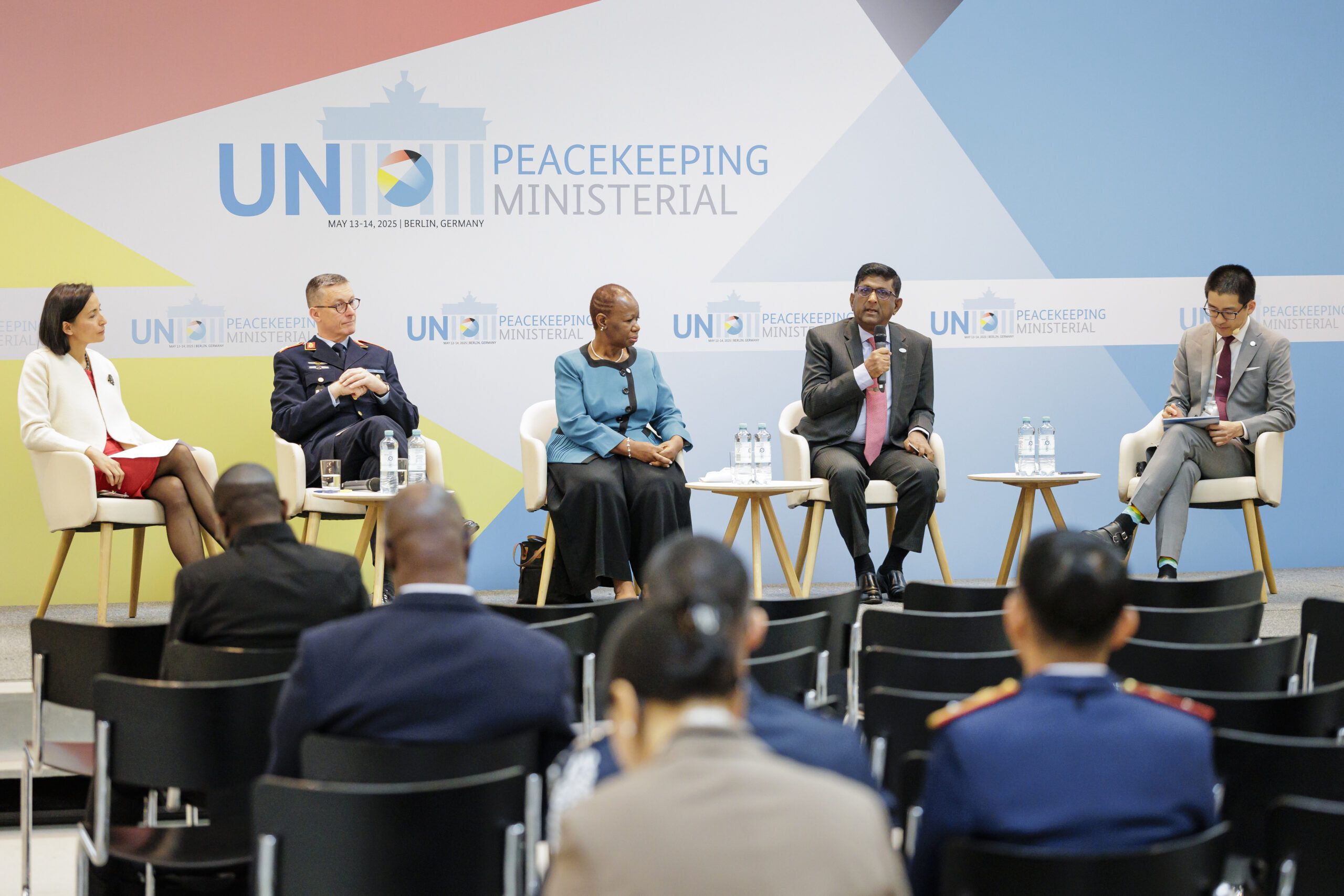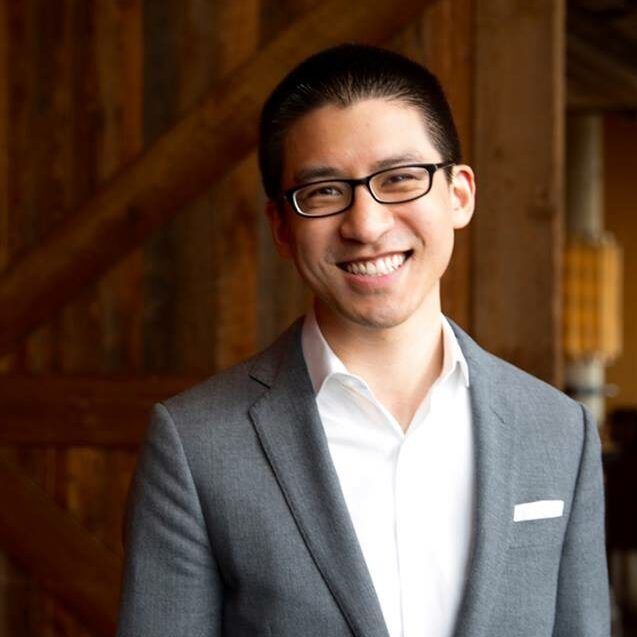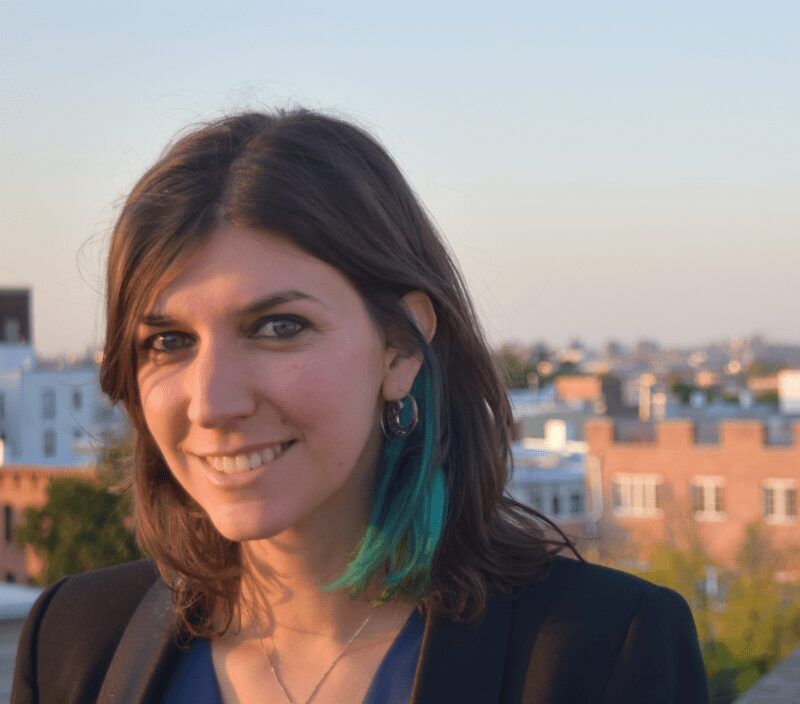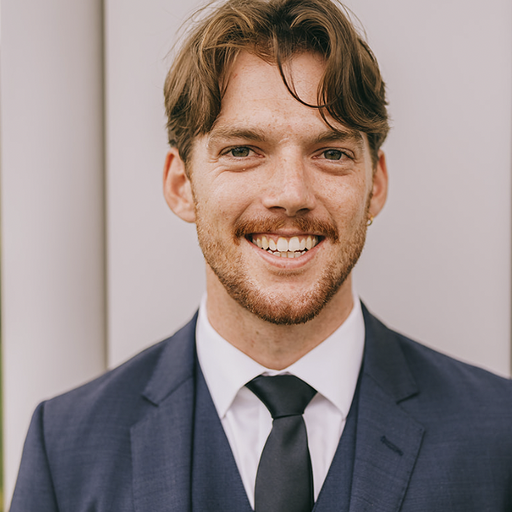
Reflections on the 2025 Peacekeeping Ministerial


Global Peace Operations Review
But in the meeting rooms of the organization’s New York headquarters, diplomats often argue over the buzzword vocabulary of compound words and phrases for advancing the U.N.’s peace mandate. They parse whether an operation is a special political mission or a peacekeeping mission. They worry that calling something a “peace operation” is too imprecise. When they cannot agree whether something should be peace building or “sustaining the peace,” they compromise by using both terms.
Maybe it’s time for the semantic arguments to be replaced with a focus on results.
A good start on how to do so is a joint resolution of the U.N. General Assembly and the Security Council finalized Thursday, which should be tabled and passed by both bodies in mid-April. The resolution, shepherded over months by Angola and Australia, follows up on a report last year by an advisory group of experts who reviewed the U.N.’s “peace-building architecture.” They aptly titled their final document “The Challenge of Sustaining Peace.”
In today’s divided U.N., some feel it is something of an achievement that member states agreed on a resolution with 31 operative paragraphs and 21 normative ones. They say it is the most comprehensive resolution on peace building agreed to by both the Security Council and the General Assembly, representing a first step in breaking down silos. It firmly connects peace building with prevention and talks about how to implement it. It sees sustaining peace as part of a continuum, rather than just a post-conflict activity. It calls for a stronger relationship between the Peacebuilding Commission (PBC) and the Security Council, conceiving of them as partners rather than rivals. It tries to build a better bridge across the Delaware River between the U.N. system based in New York and the World Bank in Washington, D.C.
But some key issues were placed in the “too hard to resolve now” basket, especially how peace building should be paid for. The advisory group of experts had proposed the Peace Building Fund receive core funding of either $100 million or a “symbolic” 1 percent share of the total U.N. budgets for peace operations, comprising both peacekeeping and Special Political Missions, but member states couldn’t agree. Instead, they asked the next secretary-general to look into this issue and report back in two years time.
Anything that reaches the Security Council is by definition a political problem, on which member states’ interests prevail.
This reflects how, for the U.N., funding and naming are always sensitive issues. A case in point is the new mission established by the Security Council in January for a team of international observers to monitor an imminent peace agreement between the Colombian government and the Revolutionary Armed Forces of Colombia (FARC). Though it looks like a traditional peacekeeping operation, it was called a special political mission.
This could be because the peacekeeping “brand” has acquired an image problem over the past few years. A quick look at the map of current operations, especially in Africa, makes it clear why member states associate peacekeeping with failed states. For this reason, Colombia is more comfortable with a political rather than a peacekeeping mission. This also means the mission will be funded from the U.N.’s regular budget, rather than by assessed contributions to its peacekeeping account.
The decision displays an obvious lack of consistency. The U.N.’s missions in Western Sahara and Cyprus wrestle with glacial political processes, but are technically peacekeeping missions. The U.N. Assistance Mission in Iraq has more than 400 personnel, but is a special political mission. As the “Oxford Handbook of UN Peacekeeping Operations” recounts, the U.N.’s 1965 mission in the Dominican Republic had a task similar to the forthcoming mission in Colombia—namely, monitoring a cease-fire alongside a regional organization—but was called a peacekeeping operation.
But there is an explanation for the semantic games played over the mission in Colombia: Anything that reaches the Security Council is by definition a political problem, on which member states’ interests prevail. This means that a policy designed to save face and money for member states prevails over determining the best form or function for a future peace operation. Rather than pay a little now to prevent a conflict, we pay much more later to manage a crisis.
U.N. peace operations have the capacity to change; they have demonstrated this in the past 15 years since the landmark Brahimi report. They need to continue to evolve, because the environments where peace operations are deploying are fluid and resist the application of templates. Circumstances on the ground change, and missions need to constantly adapt. The U.N.’s expert advisory reports from the past year have re-emphasized the political nature of conflict and the need for the international system to think more creatively about preventing it. Last year’s High-level Independent Panel on Peace Operations (HIPPO), for instance, called for the U.N. to deliver “right fit” missions along a “continuum of response and smoother transitions between different phases of missions.”
Ian Johnstone believes the process should start with asking the right questions. What is the political process? Where is the conflict? Who are the targets of violence? What are the reasons for it? How legitimate is the state? Is it cooperating with or consenting to a U.N. mission? What role are the neighbors, regional actors and global powers playing?
A U.N. peace operation, Johnstone argues, performs a range of tasks including political engagement, protection, capacity-building, monitoring, service delivery and coordination. In addition to its blue helmets and uniformed police, it has at its disposal civilian instruments, such as envoys and mediators as well as human rights, political and civil affairs officers.
Thinking of a spectrum of peace operations rather than a type of mission would require profound changes in behavior at all levels, Johnstone acknowledges. To start with, locals cannot be bypassed if a mission is to work; U.N. envoys must stop legitimizing “imported peace” or “elite peace.” Mandates from the Security Council also need to be simpler. Troop-contributing countries who are reimbursed based on the size of their contingents will have to accept that an operation with lots of battalions might not always be the best international tool to resolve a conflict. At U.N. headquarters, the secretary-general would require much better planning and analysis capabilities to understand how the organization’s instruments fit with the actions of regional and subregional groups. The General Assembly’s administrative and budgetary committees must stop micromanaging mission finances to allow the Secretariat to become much more flexible in the way it deploys operations.
In short, Johnstone argues, U.N. peace operations need less bureaucracy and more “adhocracy.” This is an organizational form that lends itself to innovation in a fluid environment. It is flexible, adaptable and informal. Indeed, in its purest form, it functions without bureaucratic policies or procedures.
At the very least, thinking with greater flexibility about peace operations would quickly start a discussion about the artificial departmental split between political affairs, peacekeeping operations and field service. There is little appetite for a debate on restructuring, but it has to happen.
The expert reports released in 2015 have done a thorough job of mapping the challenges and plotting a few possible ways forward. When the declared candidates for the position of U.N. secretary-general appear before the General Assembly later this month, someone should ask them a question or three about the future of peace operations—not just the buzzwords, but the goals and processes. We will be all be listening to see in which direction they want to lead the organization.
This article was originally published by the World Politics Review on April 4, 2016
Jim Della-Giacoma is the deputy director at the Center on International Cooperation at New York University, the editor-in-chief of the Global Peace Operations Review, and a visiting fellow in the department of social and political change at the Australian National University’s College of Asia and the Pacific.





Subscribe to our newsletter and receive regular updates on our latest events, analysis, and resources.
"*" indicates required fields